Italian food is deeply rooted in tradition, and there are customs and practices associated with it that might not be well-known to the average person who is not Italian or spent a lot of time there. Not only are some of these habits and beliefs fascinating, but an awareness of some of these lesser-known food customs will add depth to your culinary journey. And who knows, you might even impress the locals with how much you know.
At the table
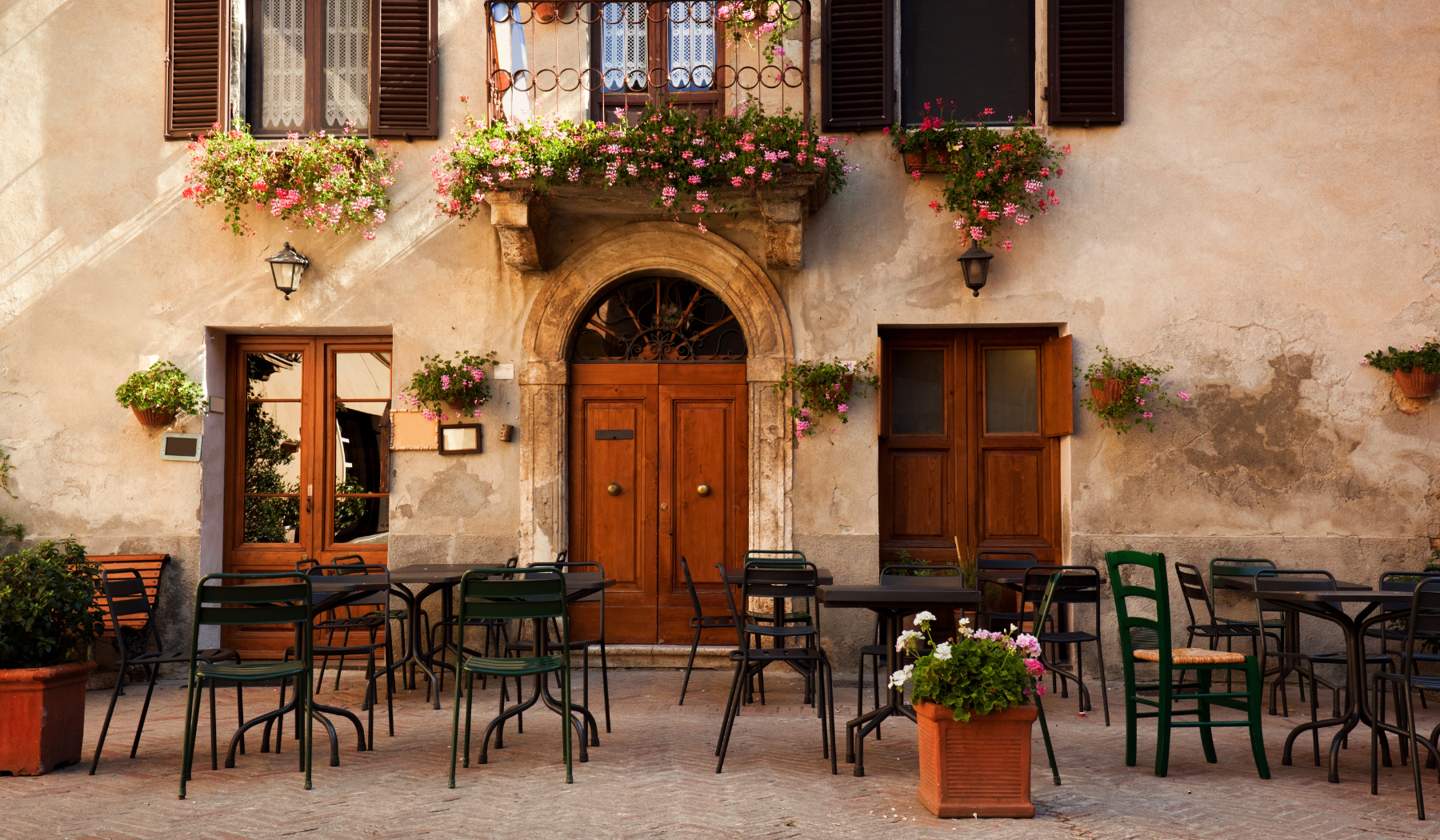
Source: Canva
Traditional Italian dining follows a specific order of courses: antipasto (appetizers), primo (first course, often pasta or risotto), secondo (main course, usually meat or fish), contorno (side dish), and dolce (dessert). Coffee and digestifs such as grappa or limoncello conclude the meal.
Italians also take their time while dining. Expect leisurely meals with friends or family, filled with conversation and appreciation of the food. Rushing through a meal is not common.
When at a restaurant, the customary way to pay is alla Romana, which means that the bill is split evenly by everyone at the table. Dining out always includes a coperto, a service fee that covers bread, cutlery, and a clean table. Tipping is not mandatory, but it can be considered a nice gesture if you have particularly enjoyed the place, food, or service.
Coffee
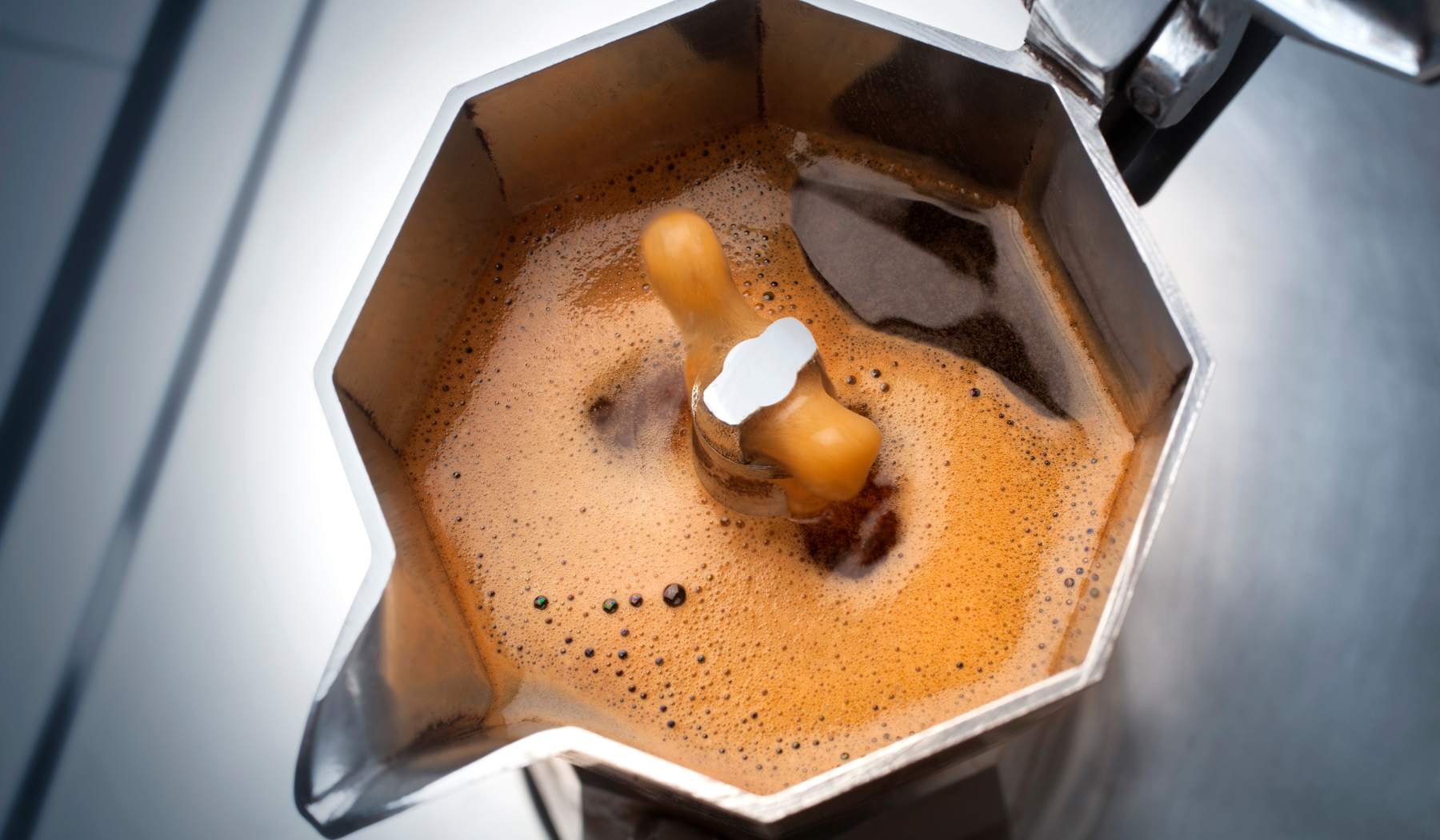
Source: Canva
Italians start the day with a small breakfast, usually a coffee and some cookies or a pastry. Cappuccinos are seen as a breakfast item, and many Italians find it unusual to consume milk-based coffee later in the day, as it is considered heavy to digest and so it doesn’t make sense after a meal.
While espresso is beloved globally, in Italy, it's not just about the coffee itself but the ritual surrounding it. Italians typically enjoy their espresso standing up at a café's bar counter. Moreover, it is a tradition to enjoy an espresso after a meal, especially following dessert, as it is believed to assist in digestion.
Bread
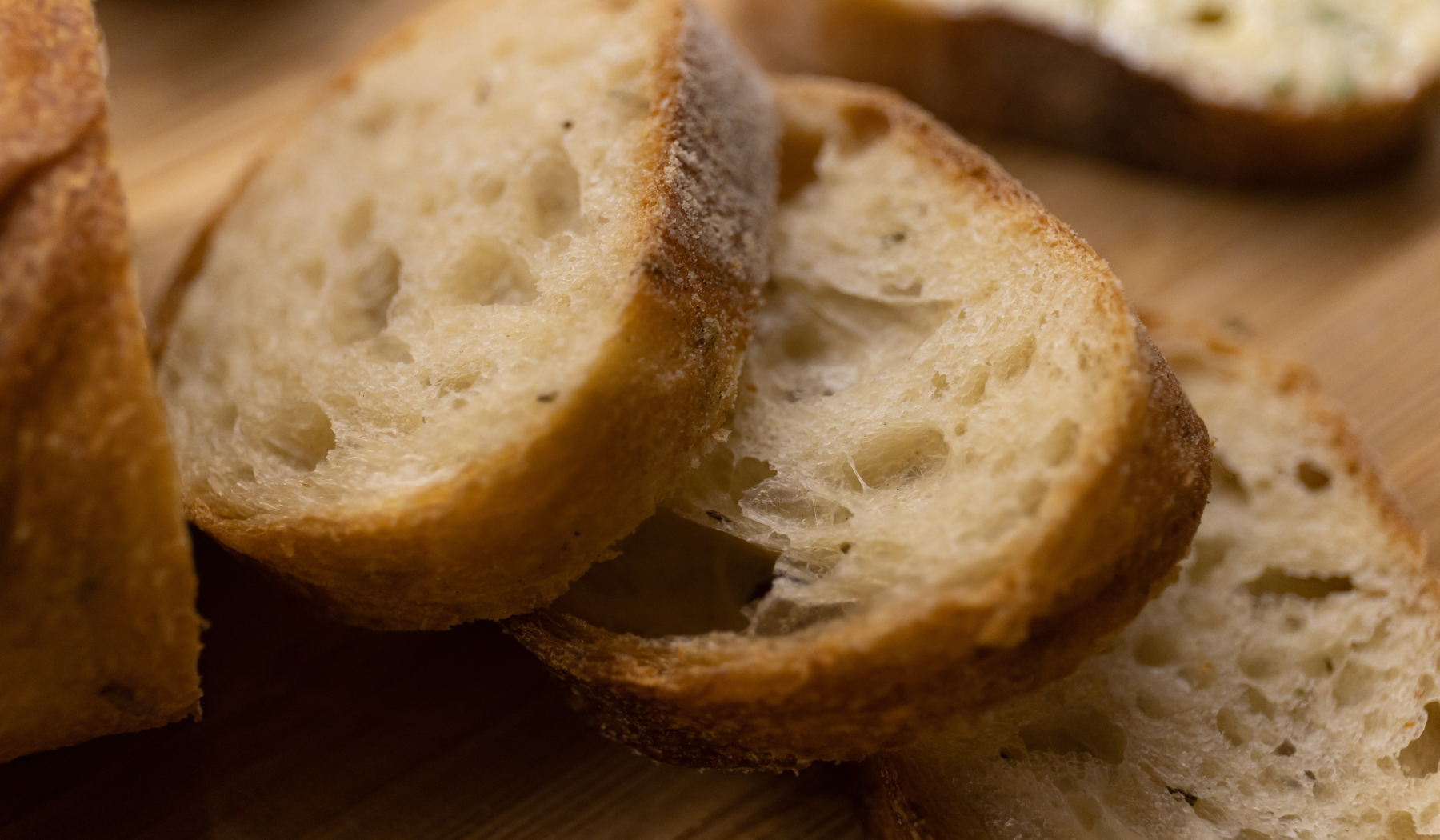
Source: Canva
You’ll almost always be served bread at a meal, both in Italian restaurants and when sitting down with family. Italian condiments are oil and vinegar; it’s considered French or American to add anything else, especially if it comes to drowning vegetables in heavy sauces.
Bread is not served as an appetizer, but to accompany the meal. If the food is really good, it’s also used as a tool for cleaning your plate. There is even an expression for this, fare la scarpetta, which means “mopping up the plate.” It's an age-old tradition that minimizes food waste and allows you to savor every last drop of flavour.
When someone moves into a new house, it's common to bring bread and salt as a symbol of good luck. Bread represents sustenance, and salt represents purification and preservation.
Pasta
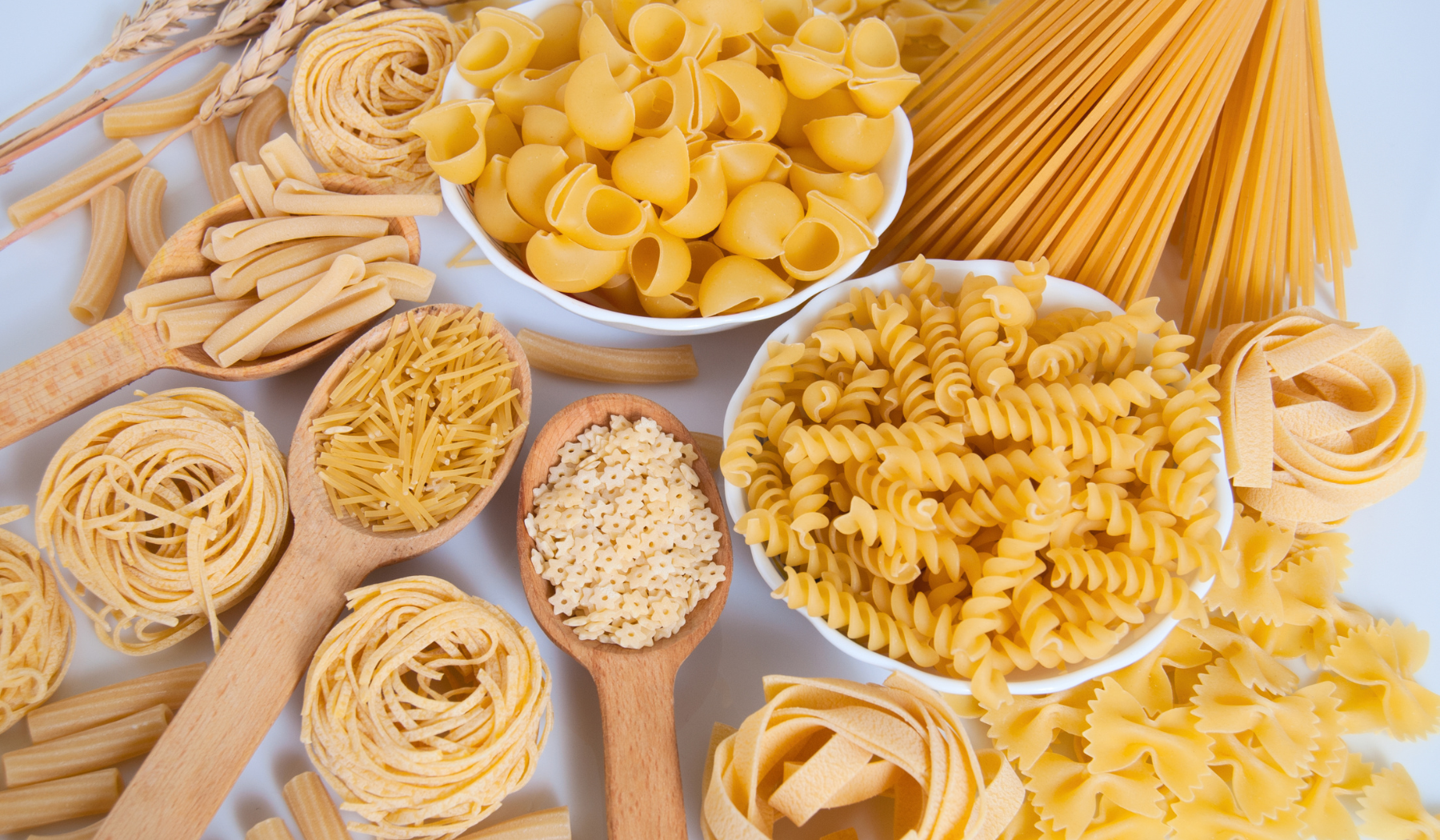
Source: Canva
Besides basics such as not serving overcooked pasta, there are strict rules for which sauce is paired with which pasta when it comes to common dishes. The shape of the pasta is integral for how the sauce will be enjoyed, such as delicate preparations like olive oil or tomato-based sauces best served on thinner pastas where each strand will be coated evenly, and tubular shapes better for capturing hearty, thick ragùs.
Several pasta dishes that are popular in other parts of the world have been adapted or simply don’t exist in Italy. For example, carbonara is made with eggs, not cream, and you would be hard-pressed to find an Italian who knows what fettuccine Alfredo is. There is also a custom of not mixing proteins. Seafood pasta would not be served with an egg-based pasta, for example, and forget about adding Parmesan cheese on top. Not only is it another protein, but it would overpower the flavours of the seafood.
Days of the Week
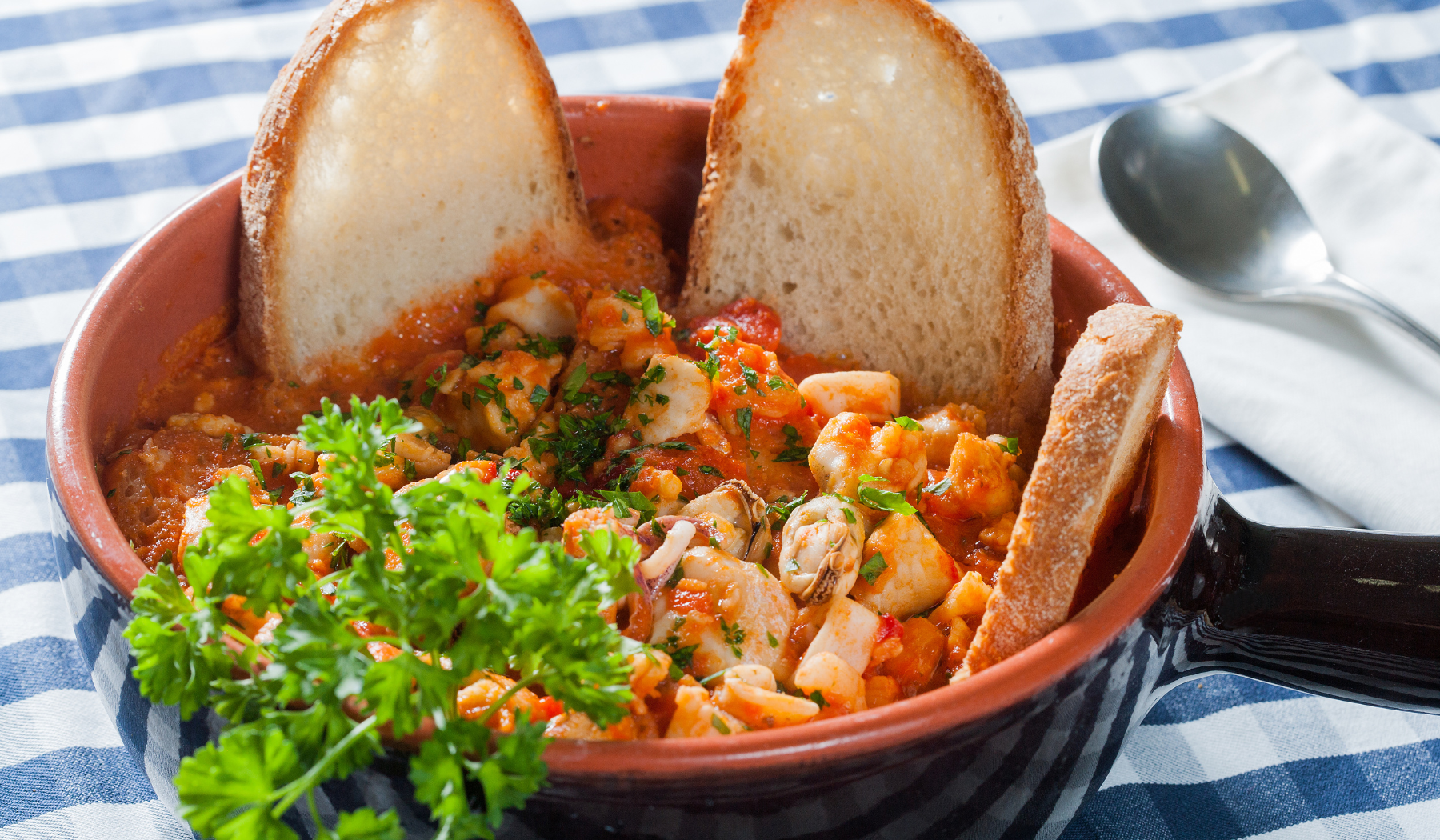
Source: Canva
In many parts of Italy, particularly along the coastal regions, it's a long-standing tradition to eat fish on Fridays. This custom harks back to the religious practice of abstaining from meat on Fridays.
Sundays are sacred family time in Italy, and the traditional Sunday lunch is a cherished event. It often involves multiple courses and brings families together to enjoy an elaborate meal. This custom underlines the importance of family bonds in Italian culture and, of course, the love for good food.
Alcoholic beverages

Source: Canva
There’s a good chance you already know about the art of aperitivo, but it’s such an intrinsic custom in Italy it has to be mentioned. Aperitivo is an Italian pre-dinner ritual where friends and family gather for a drink and light snacks before the evening meal. It's a social custom that promotes relaxation and the enjoyment of apéritifs like Aperol Spritz or Negroni alongside small bites like olives, nuts, and bruschetta.
Many Italian families have their own homemade limoncello, a lemon liqueur, sometimes made from a traditional family recipe. It's often served as a digestif after meals or offered as a gesture of hospitality to guests.
Toasting
When raising a toast, there are many superstitions in Italian culture. For example, crossing glasses in a group is thought to bring bad luck, and so people wait to clink glasses with the person opposite to them. It’s also frowned upon to toast with a glass of water, so much so that children or non-drinkers might add a drop of wine to their glass rather than tempt fate. And don’t even think about toasting with a plastic cup!
Other superstitions
Single men and women should not sit at the corner of the dinner table, or else they may never marry. Crossing silverware on the table will bring problems. A loaf of bread should never be placed upside down on the table (a belief thought to go back to the Middle Ages and precautions during the Black Plague). Seating 13 people at a table is a real no-no, in reference to the Last Supper and the betrayal of Judas. Whistling while cooking is believed to attract evil spirits. When passing salt during a meal, it is customary to avoid handing it directly from one person to another. Instead, it should be gently placed on the table first. This practice is rooted in the belief that passing salt directly between hands may invite bad luck.
Spilling wine is also considered bad luck, and to counteract this, Italians will dab a bit of the spilled wine behind their ears to ward off negativity. Spilling olive oil or salt is also unlucky, a superstition that may have its roots in encouraging these essential goods to be handled with care. When throwing bread crusts or crumbs away, Italians kiss them as an apology. The kiss represents a symbolic request for forgiveness for the act of discarding such meaningful food.
Some good omens

Source: Canva
Olive oil is considered a protective element in Italian culture. It's often blessed on Epiphany and used to anoint doors and windows to keep away evil spirits. Eating lentils on New Year's Eve is thought to bring prosperity in the coming year. The round shape of the lentils is believed to symbolize coins. Sugared almonds, known as "confetti," are traditionally given as wedding favours in Italy. They symbolize the bitter and sweet moments of life.
Experience Italy like a local
Italian food and the customs related to it is an essential part of the country’s heritage, reflecting its deep relationship with the land, its respect for ingredients, and its strong sense of community. To put all you’ve learned about Italian customs into practice, come away with us for an authentic culinary journey. You’ll get to spend time with locals as they show you around the places that they live and how they grow, produce, and cook from what the land provides for them. Whether you’re passing the salt or sipping an espresso at a bustling coffee bar, you’ll have a better understanding of the rich traditions behind the simplest everyday actions.


